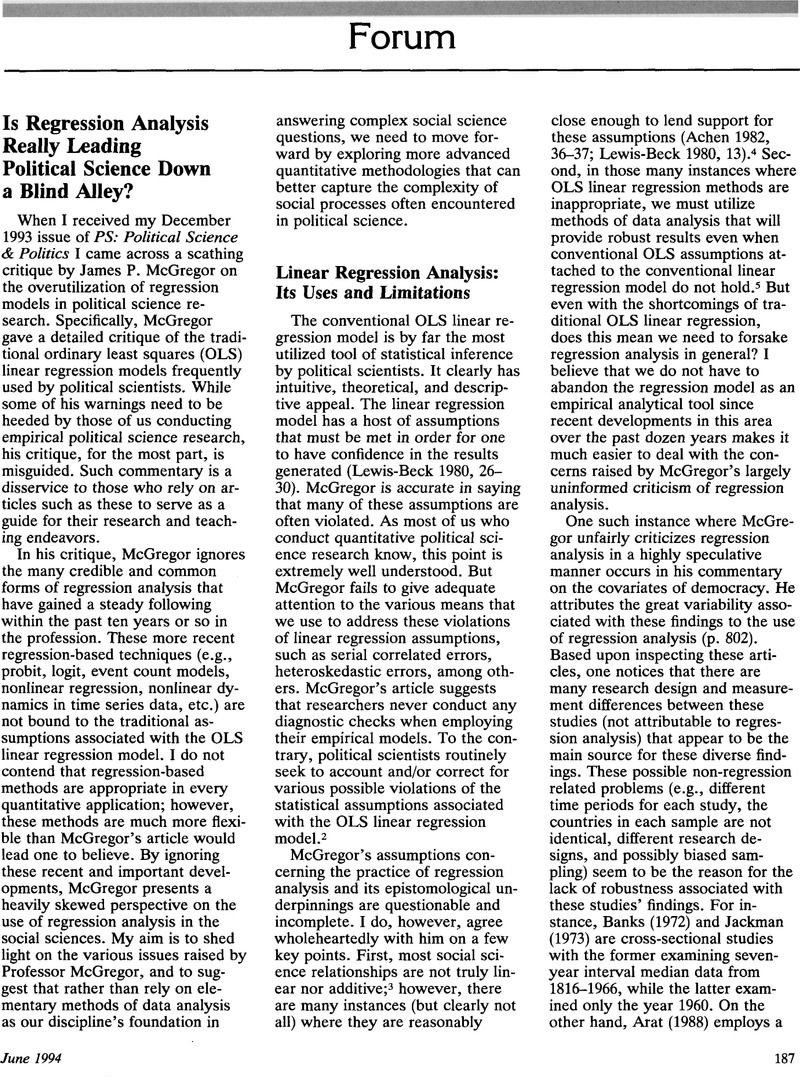Crossref Citations
This article has been cited by the following publications. This list is generated based on data provided by Crossref.
Shi, Yuhang
1995.
What to Gain from Technical Sophistication?.
PS: Political Science & Politics,
Vol. 28,
Issue. 3,
p.
505.



